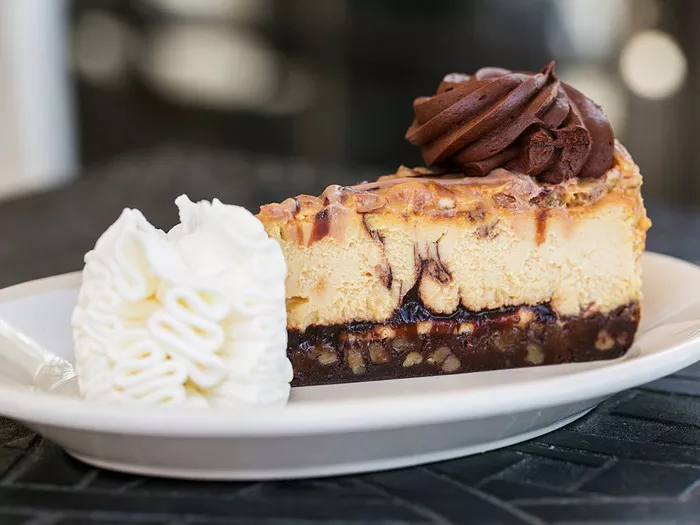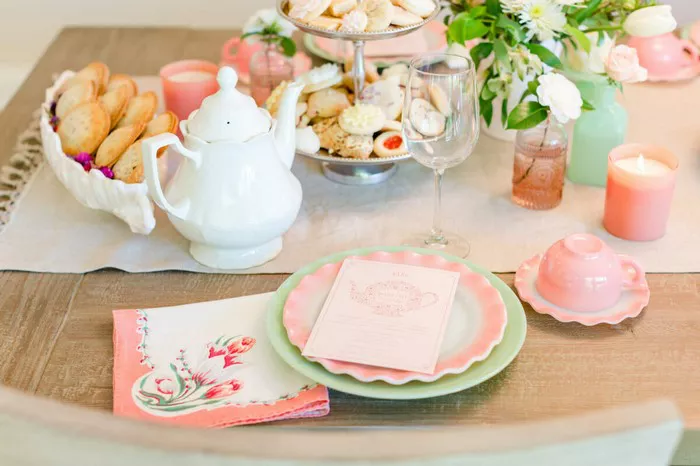Indulging in a decadent slice of chocolate cake is a delight that transcends age and occasion. Whether you’re a seasoned baker or a novice in the kitchen, creating the perfect chocolate cake requires a blend of skill, precision, and a touch of creativity. In this article, we will explore six essential tips to help you master the art of making a delicious and moist chocolate cake that will leave everyone craving for more.
Quality Ingredients Matter
The foundation of any great chocolate cake lies in the quality of its ingredients. Opt for premium cocoa powder, high-quality chocolate, and fresh, organic eggs and dairy. The richness and depth of flavor in your chocolate cake will significantly depend on the quality of the cocoa powder and chocolate you choose. Invest in top-notch ingredients, and your chocolate cake will undoubtedly stand out.
1.1 Choose the Right Cocoa Powder:
Selecting the right cocoa powder is crucial for achieving the desired flavor in your chocolate cake. Dutch-processed cocoa powder tends to have a smoother, milder flavor, while natural cocoa powder offers a more intense and acidic taste. Choose based on your preference and the recipe requirements.
1.2 Use High-Quality Chocolate:
Whether you opt for dark, milk, or semi-sweet chocolate, using high-quality chocolate will elevate the taste and texture of your cake. Finely chop or use chocolate chips for even melting and distribution throughout the batter.
1.3 Fresh Dairy and Eggs:
Ensure that your dairy products, such as milk and butter, are fresh, as they contribute to the moistness of the cake. Similarly, use fresh, organic eggs for a rich texture and enhanced flavor.
The Importance of Accurate Measurements
Baking is a science, and accuracy in measurements is key to achieving the perfect balance of flavors and textures. Invest in reliable measuring cups and spoons and follow the recipe’s instructions meticulously.
2.1 Weighing Ingredients:
For utmost precision, consider using a kitchen scale to weigh ingredients, especially when dealing with flour, sugar, and cocoa powder. This ensures consistency in your baking results.
2.2 Leveling Dry Ingredients:
When measuring dry ingredients like flour, use a straight-edged utensil to level off the excess. This prevents the incorporation of too much flour into the batter, which can result in a dry cake.
2.3 Room Temperature Ingredients:
Allow ingredients like eggs, butter, and milk to come to room temperature before incorporating them into the batter. Room-temperature ingredients blend more seamlessly, creating a smoother and evenly textured cake.
Mastering the Mixing Technique
The mixing process plays a crucial role in determining the texture of your chocolate cake. Pay attention to the mixing method, and use the appropriate techniques to achieve the desired outcome.
3.1 Creaming Butter and Sugar:
Creaming butter and sugar together creates a light and airy texture in the cake. Use softened butter and beat it with sugar until the mixture becomes pale and fluffy. This step is crucial for incorporating air into the batter.
3.2 Incorporating Eggs:
Add eggs one at a time, beating well after each addition. This gradual process ensures proper emulsification and prevents the batter from curdling.
3.3 Alternating Dry and Wet Ingredients:
When adding the dry ingredients (flour, cocoa powder, baking powder, etc.) and wet ingredients (milk, yogurt, etc.) to the batter, do so alternately. Begin and end with the dry ingredients to prevent overmixing and ensure even distribution.
Perfecting the Texture with Leavening Agents
Leavening agents, such as baking powder and baking soda, contribute to the rise and texture of your chocolate cake. Understanding how these ingredients work is crucial for achieving the desired results.
4.1 Baking Powder vs. Baking Soda:
Baking powder and baking soda serve as leavening agents, but they operate differently. Baking powder contains both an acid and a base, allowing it to activate with moisture and heat. Baking soda, on the other hand, requires an acidic ingredient, such as yogurt or buttermilk, to activate its leavening properties.
4.2 Proper Measurements:
Use the recommended amount of leavening agents specified in the recipe. Too much can result in a cake that rises excessively and then collapses, while too little may result in a dense texture.
4.3 Fresh Leavening Agents:
Check the expiration date of your baking powder and baking soda. Using fresh leavening agents ensures their effectiveness in producing the desired rise and texture in your chocolate cake.
Temperature and Timing are Key
Baking a chocolate cake requires precision when it comes to temperature and timing. Pay close attention to these factors to ensure that your cake bakes evenly and achieves the perfect texture.
5.1 Preheating the Oven:
Always preheat your oven before placing the cake batter inside. This ensures that the cake starts baking at the right temperature, leading to an even rising and consistent texture.
5.2 Checking Doneness:
Use a toothpick or cake tester to check the doneness of your cake. Insert it into the center of the cake; if it comes out clean or with a few moist crumbs, the cake is done. Overbaking can result in a dry cake.
5.3 Rotating the Cake:
If your oven has uneven heat distribution, consider rotating the cake halfway through the baking time. This ensures that the cake bakes uniformly, avoiding overcooking on one side.
Creative Additions and Frosting
While a classic chocolate cake is delightful on its own, adding creative elements and a delicious frosting can take it to the next level. Consider these tips for enhancing the flavor and presentation of your chocolate masterpiece.
6.1 Flavorful Additions:
Experiment with additions like espresso powder, vanilla extract, or a hint of cinnamon to enhance the chocolate flavor. These subtle additions can elevate the overall taste of your cake.
6.2 Frosting Choices:
Choose a frosting that complements the richness of the chocolate cake. Creamy chocolate ganache, velvety buttercream, or a light whipped cream frosting can all be excellent choices. Ensure that the frosting is spread evenly for a polished finish.
6.3 Decorative Touches:
Add a personal touch to your chocolate cake with decorative elements. Sprinkle chopped nuts, grated chocolate, or edible flowers on top. Consider piping swirls or designs with frosting for a visually appealing presentation.
Conclusion:
Mastering the art of making the perfect chocolate cake is a rewarding journey that combines precision, creativity, and a love for baking. By prioritizing quality ingredients, accurate measurements, mastering mixing techniques, understanding leavening agents, paying attention to temperature and timing, and adding creative touches, you can confidently create a chocolate cake that not only tastes heavenly but also delights the eyes. So, roll up your sleeves, preheat the oven, and embark on a chocolatey adventure that will leave your taste buds dancing with joy.























